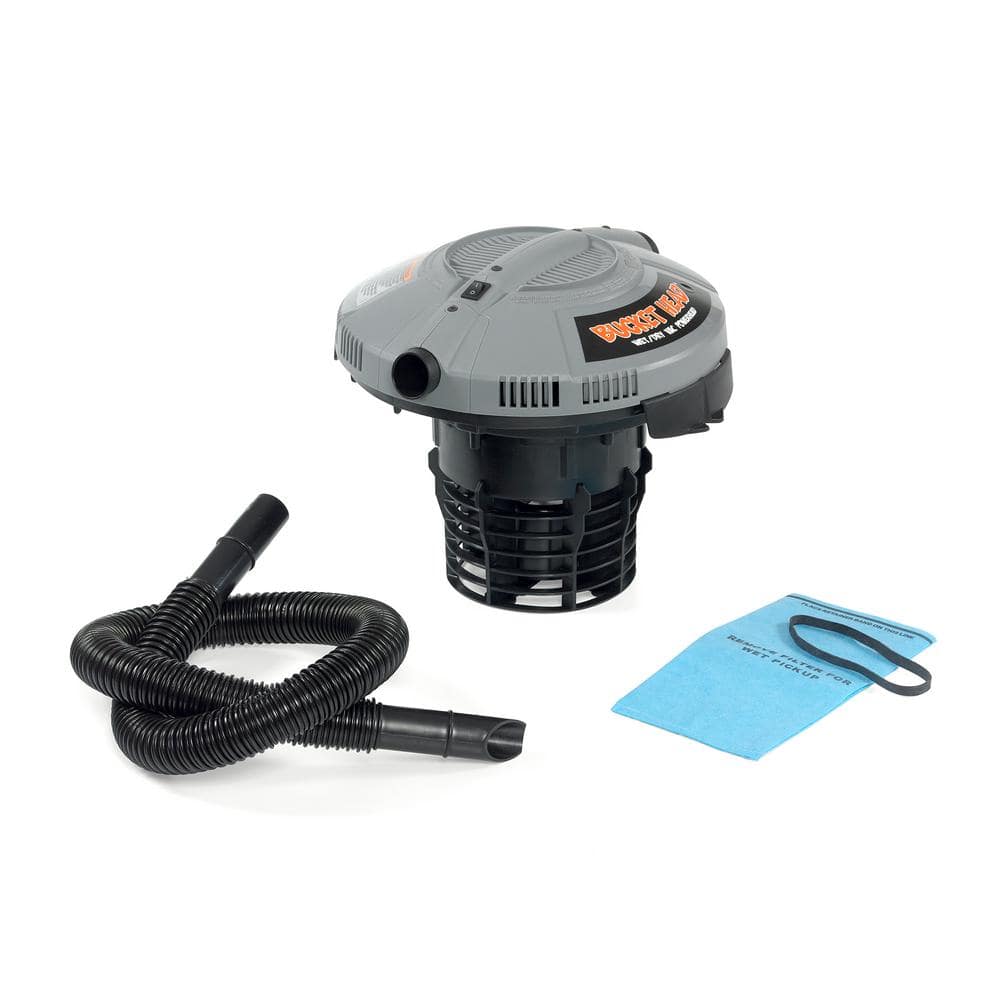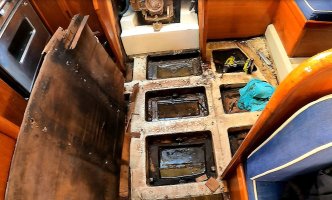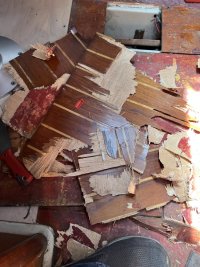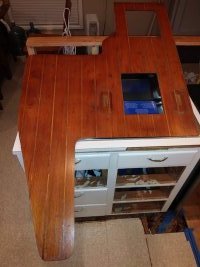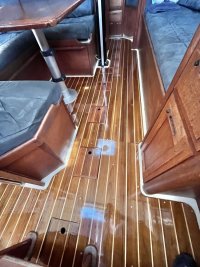PANorth
Member II
Does anyone have experience with fluid leaking from the Tri-axial Force Grid? Upon buying this boat about 2 years ago we trucked it from San Diego to Bellingham, WA. Shortly after arriving in Bellingahm a dark fluid started leaking from the aft-most cross piece in the grid. It was coming from the conduit in the bottom but not from the very aft most section of the bilge. Our boat was out of the water and under a tent for all but the last month of the last two years as we completed an extensive blister repair job, so the leakage eventually dried up.
Now the boat is back in the water. We spent a couple weeks finding and fixing places where saltwater and rainwater was leaking in. There is still rainwater coming down the mast. Next we develped a leaking fuel tank (which as been the subject of another thread). Our bilge was full of fuel for a while. Now we've drained the tank and cleaned up all the visible fuel, multiple times. The strange thing is that a couple times now dark oil (I think it's oil) is appearing in the bilge. It does not seem to be coming from the engine room. While on the hard I cleaned the pan under the engine and put a "diaper" under the engine. It is still clean.
Because fuel is still working its way down I turned off the bilge pump. This is the Northwest so no bilge pump means I have to go down to bail out the bilge regularly. There is still fuel in the bilge water but there is also dark oil and some other dark substance.
Does anyone have insight into what's going on here?
Now the boat is back in the water. We spent a couple weeks finding and fixing places where saltwater and rainwater was leaking in. There is still rainwater coming down the mast. Next we develped a leaking fuel tank (which as been the subject of another thread). Our bilge was full of fuel for a while. Now we've drained the tank and cleaned up all the visible fuel, multiple times. The strange thing is that a couple times now dark oil (I think it's oil) is appearing in the bilge. It does not seem to be coming from the engine room. While on the hard I cleaned the pan under the engine and put a "diaper" under the engine. It is still clean.
Because fuel is still working its way down I turned off the bilge pump. This is the Northwest so no bilge pump means I have to go down to bail out the bilge regularly. There is still fuel in the bilge water but there is also dark oil and some other dark substance.
Does anyone have insight into what's going on here?

